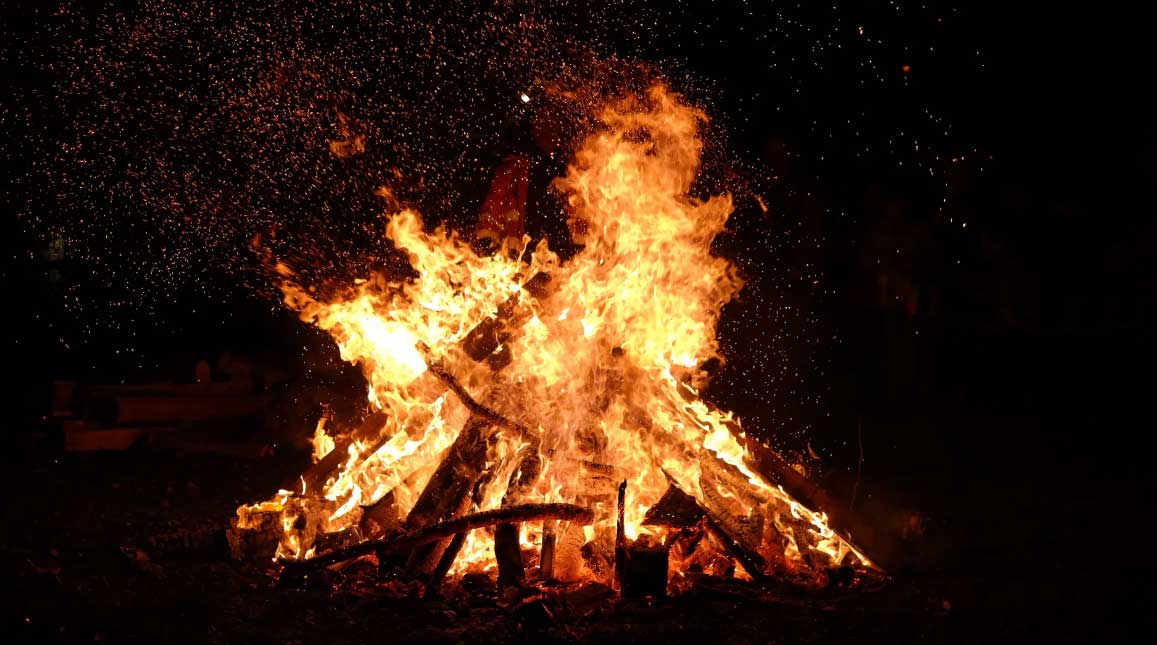A spontaneous reaction is one where the reaction favors the formation of products when the conditions for the reaction are present. In other words, a bonfire can be a spontaneous reaction because the fire decreases in energy as the energy is released in the form of heat. Read on to learn how to tell if a reaction is spontaneous.
Is the Event Exergonic or Endergonic?
The first question you need to ask is whether the reaction is exergonic or endergonic. An exergonic reaction is one where the energy decreases because it is released, as in a bonfire. The products of the fire are made up of mostly gases, including carbon dioxide and water vapor. The coming together of this energy decreases as heat is released and the increase in entropy is what makes it a spontaneous reaction.
An endergonic reaction Is one where a change happens within and there is a decrease in entropy. The atmosphere of the Earth, which is mostly composed of nitrogen and oxygen gases, is an example, and it is a nonspontaneous reaction. The primary difference is that a product is formed in a spontaneous reaction. It needs to have activation energy.
Did an External Force Cause the Reaction?
When you have a spontaneous reaction, no agent is needed to cause the reaction. For example, diamonds will decay into graphite over time, and this is a spontaneous reaction because it is not dependent on an outside force.
The difference lies in whether or not the energy is absorbed or expelled. In the case of a fire, the energy is released in the form of heat. Energy can be expelled in other forms as well. If the reaction occurs on its own and expels energy, it is a spontaneous reaction.
Use the Free Energy Equation
The free energy equation says that if the conditions are endergonic, no reaction will occur, but if the conditions are exergonic, a spontaneous reaction will occur. Another example is to take a cube of ice. When it reaches a particular temperature, which is above 273K (0 degrees Celsius), the ice will melt. This is a spontaneous reaction because the entropy is positive at higher temperatures. There is no spontaneous reaction if the temperature is lower than this melting point.
A spontaneous reaction is one that needs no assistance from the outside. A fire burning can continue to burn, and it would need outside help to put it out. An ice cube will melt at a certain temperature, and it can only be stopped by moving the ice or making it cold again. These reactions happen on their own based on conditions and reactions that occur as a result. They are called spontaneous reactions.
The reaction needs to have a positive entropy, which is the thermal energy per unit temperature that is unavailable for doing work. Entropy needs to increase to bring about a spontaneous reaction. If you have a piece of paper, and you know that it is flammable, this doesn’t mean that lighting it on fire is a spontaneous reaction. The piece of paper is not able to catch fire on its own; it requires a catalyst. You have to light the paper on fire, or the paper has to find fire to burn.
For it to be a spontaneous reaction, something within the paper would need to cause the thermal energy, which is minimal, to be released as the paper spontaneously combusts into flames. The paper could never be part of a spontaneous reaction because it doesn’t have the properties necessary. However, a bolt of lightning that strikes a tree trunk and explodes into flames is a spontaneous reaction because the elements combine without outside help.
When you want to know if a reaction is spontaneous, you need to determine whether it occurred from inside the item or outside of it with assistance. The energy needs to be increasing, and it needs to release thermal energy.
